1. Using Aluminum Foil to Keep Fruits Fresh
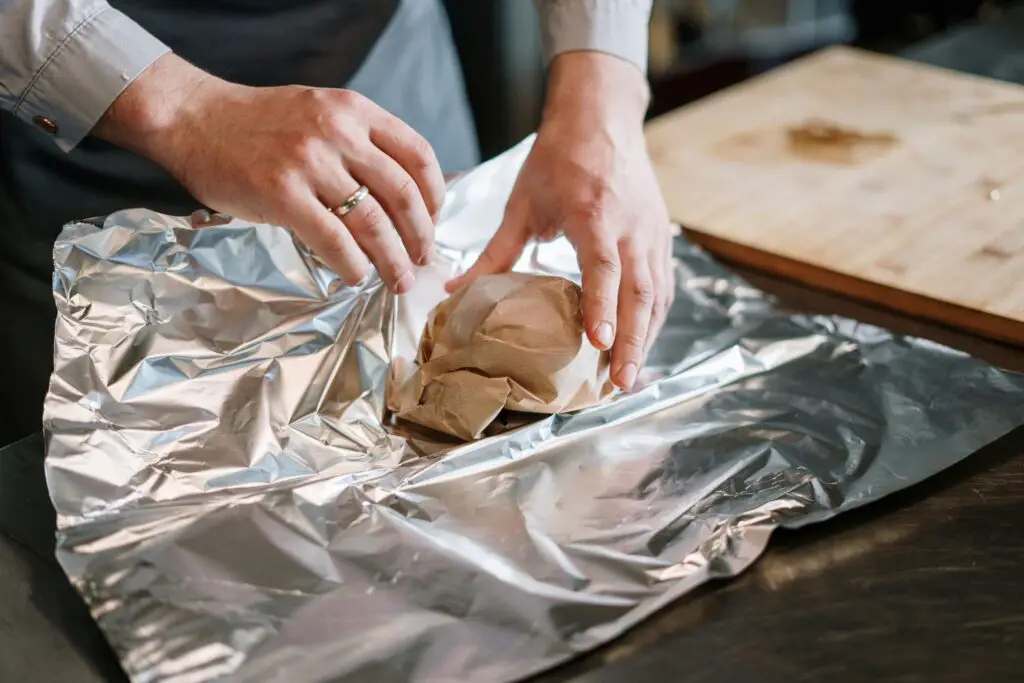
Back in the day, many people wrapped fruits like bananas and apples in aluminum foil to prolong their freshness. The theory was that the foil helped to keep the fruits from ripening too quickly by sealing in moisture. However, this often did more harm than good. The aluminum foil can trap heat, creating the perfect environment for mold growth, leading to fruit spoiling faster. Additionally, fruits like bananas ripen due to the natural release of ethylene gas, which is not slowed down by wrapping them in foil.
In fact, fruits wrapped in foil may end up with a soggy texture, ruining the taste and texture. This trick, which many believed to be a life-saver, often turned out to be an unnecessary hassle. Instead, storing fruits in breathable paper bags or on a flat surface at room temperature is a far more effective method. Who knew that the shiny foil would end up being a foil to the idea of freshness?
2. Using Plastic Wrap to Keep Food Warm

Before we had microwaves, plastic wrap was often used to keep food warm, especially when reheating leftovers. While it made sense to keep things sealed in a way that might trap some heat, it turned out that this wasn’t as effective as originally thought. Plastic wrap is thin and doesn’t offer much insulation, so it doesn’t keep food warm for long periods. In fact, it often just trapped steam, which caused food to become soggy rather than stay hot.
The inconvenience of having to reheat your food multiple times throughout the day was a constant frustration. Instead of keeping food warm, it often resulted in uneven temperatures and a less-than-ideal eating experience. Today, we’ve learned that insulated food containers or even a covered dish in the oven is a far better solution, making the old plastic wrap trick seem more of a hassle than a help.
3. Hand-Cranked Egg Beaters
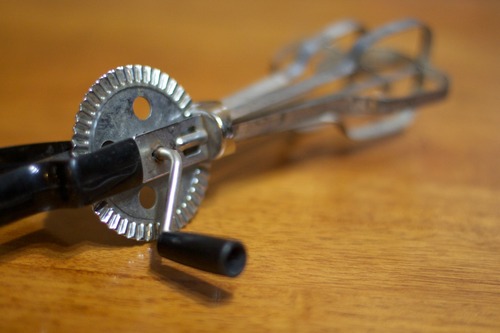
Before electric mixers became standard kitchen appliances, hand-cranked egg beaters were the go-to tool for quickly whisking eggs. While they certainly had a vintage charm, using them was far more labor-intensive than you’d imagine. You had to manually crank the handle for several minutes just to get your eggs to a reasonable level of fluffiness. The process was tiring and time-consuming, especially if you had a large batch of eggs to beat.
Modern electric mixers not only save time but also ensure a much smoother, more consistent texture. The old egg beaters, while quaint, were a workout rather than an efficient tool. They were a clear example of a kitchen hack that made life more difficult than it needed to be, particularly when you had to deal with sore arms after just a few minutes of beating.
4. Storing Bread in the Refrigerator
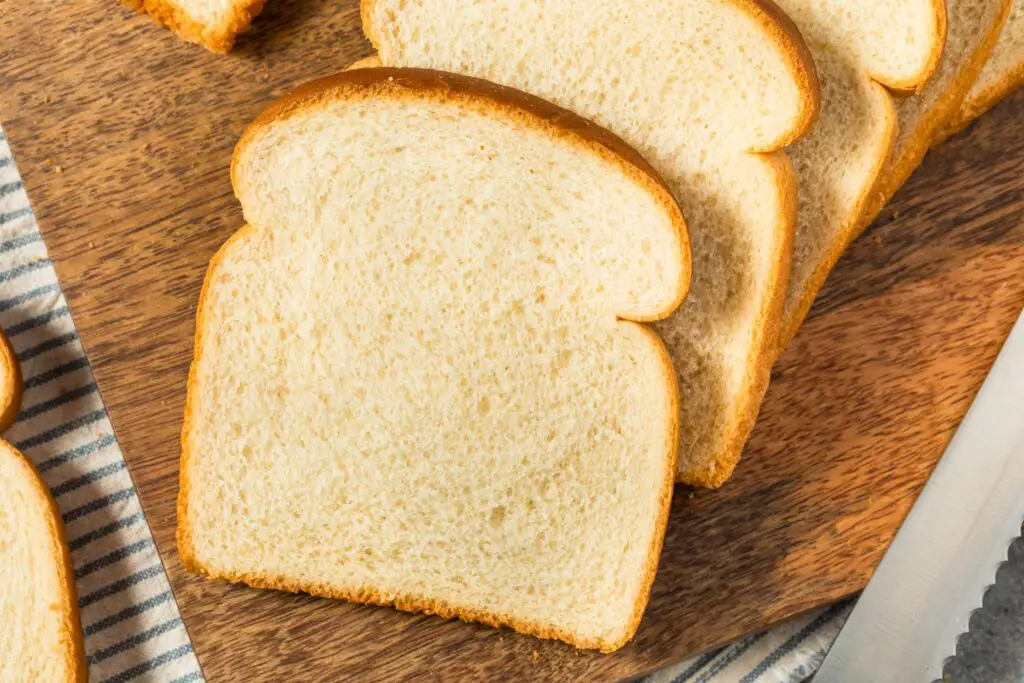
At one point, people were advised to store bread in the refrigerator to keep it from going stale. However, this actually does the opposite of preserving bread’s freshness. While refrigeration may slow down mold growth, it also speeds up the process of bread becoming dry and stale due to the cold air affecting the bread’s texture. Instead of keeping bread fresh, this practice often left it hard and unpleasant to eat.
The better option is to store bread at room temperature for short-term use or in the freezer if you need to keep it longer. Bread is best when it’s allowed to maintain its natural texture, and keeping it cold does nothing but make your loaf less appetizing. This fridge hack certainly didn’t serve the purpose it was meant for and only caused headaches for anyone who tried it.
5. Hand-Washing Dishes with Tongs
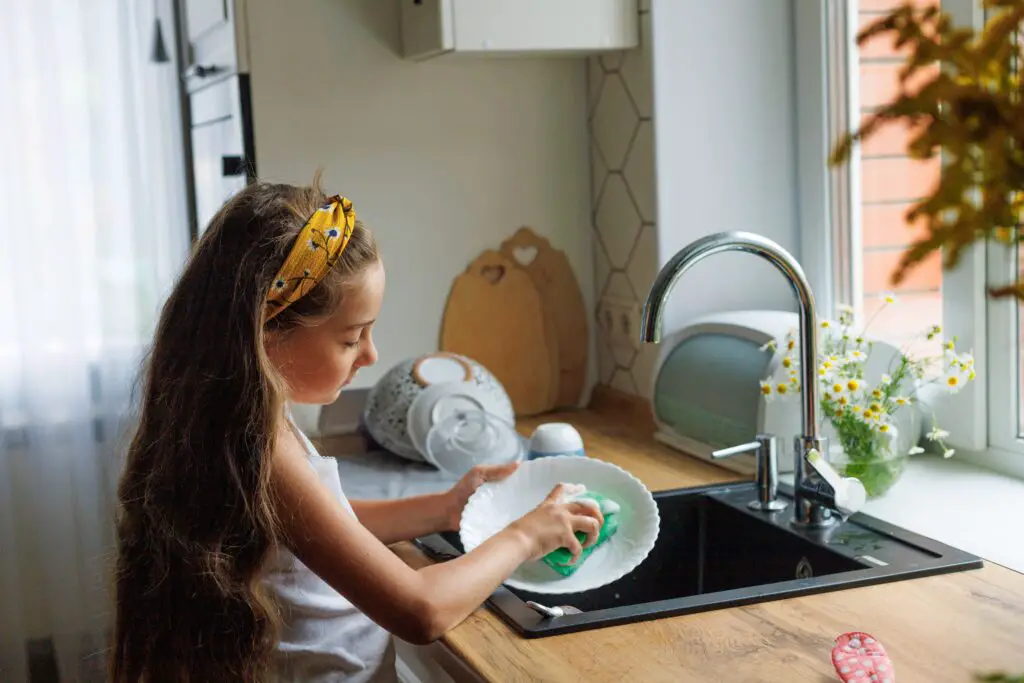
In an effort to keep hands out of dirty dishwater, some people tried using tongs to wash dishes. The idea was that using a pair of tongs would keep your hands dry and clean while allowing you to scrub dishes with more precision. Unfortunately, this method was far from efficient. The tongs were awkward to handle, and they didn’t provide the grip needed to clean effectively, often resulting in more water splashing and dishes remaining dirty.
Instead of making the task easier, using tongs added unnecessary steps and frustrations to the process. It turns out that a good old-fashioned sponge and a little dish soap were all you really needed to get the job done. The attempt to keep hands clean while washing dishes ended up being a time-waster rather than a true hack.
6. Freezing Lettuce to Preserve Freshness
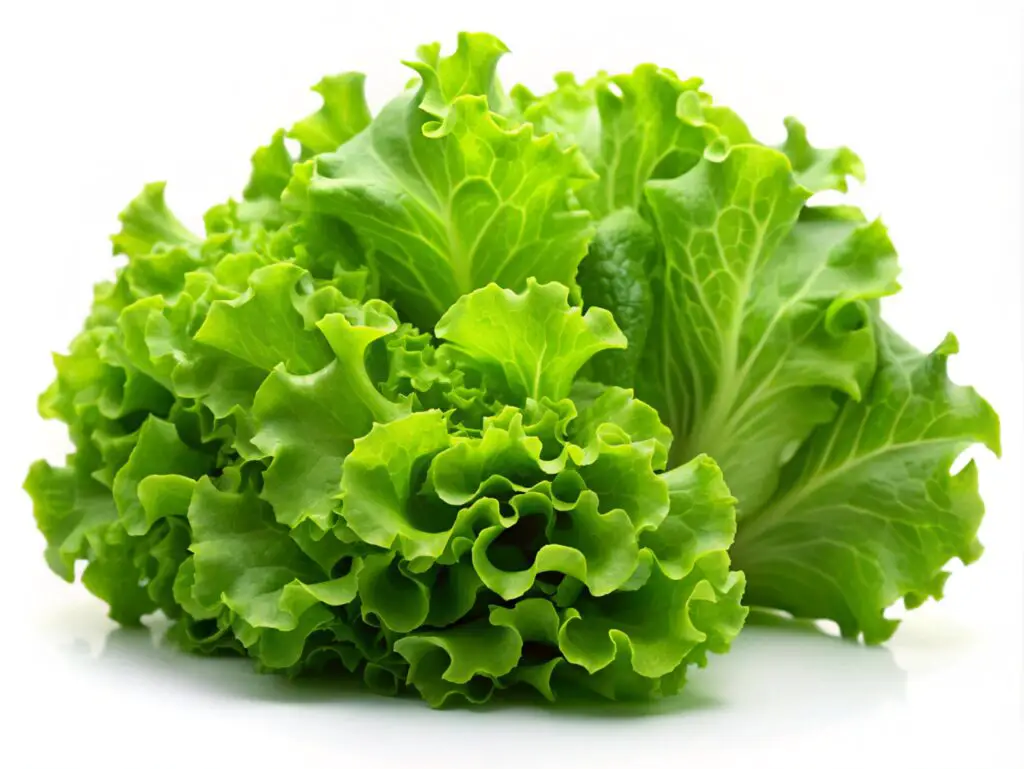
Freezing lettuce in an attempt to keep it fresh for longer was a trend that seemed like a good idea at the time. It was thought that by freezing leafy greens, you could prevent them from wilting and extend their shelf life. However, freezing lettuce changes its texture entirely. When thawed, lettuce becomes limp and soggy, losing its crispness and becoming an unappetizing mush.
The frozen lettuce hack only resulted in a disappointing salad and a lot of food waste. Storing lettuce properly in the fridge, preferably in a sealed container, is a much better way to keep it fresh. Freezing it was a classic case of trying too hard for preservation, only to make the lettuce unusable and your salad dreams crumble.
7. Putting Ice in Wine Glasses

The idea of adding ice to a glass of wine was once a common “hack” to cool down the drink on a hot day. While it may have sounded refreshing at the time, this practice actually diluted the wine, affecting its flavor profile. The ice cubes would slowly melt, watering down the wine and ruining the delicate balance of flavors. Wine experts, naturally, don’t recommend this hack, as it destroys the essence of a fine bottle of wine.
Instead of ice, chilling the wine in the fridge or an ice bucket is the best way to keep it at the ideal drinking temperature. The ice in the glass hack was more about convenience than quality, and it ended up ruining the experience rather than enhancing it.
8. Using Mayonnaise as a Hair Treatment

Mayonnaise was once touted as a miracle hair treatment, with promises of soft, shiny hair after a deep-conditioning treatment. While mayonnaise is rich in fats and proteins, it’s not exactly the healthiest or most effective way to care for your hair. The grease and oils from the mayonnaise can weigh down your hair, leaving it greasy and difficult to rinse out. What was meant to be a DIY spa treatment often turned into a greasy nightmare.
Today, hair care is far more advanced, with plenty of products designed specifically to treat hair health. The mayonnaise hack was an uncomfortable and ineffective method that ended up doing more harm than good, making it a retro trend best left behind.
9. The Ice Cream Scoop That Was Actually a Spade

In the 1950s and 1960s, some ice cream scoops came with spade-like handles designed to make serving easier. The theory behind this was that the flat, spade-shaped blade would make it easier to scoop hard ice cream. In reality, these spades often led to broken scoops, missed servings, and frustrated ice cream lovers. The flat blade simply didn’t have the power or shape to work effectively with the frozen treat.
Modern ice cream scoops are designed with a rounded shape and, in many cases, even a small heater in the handle to ease the scooping process. The spade scoop, while innovative in its time, was a cumbersome tool that did not live up to expectations. Its promise of ease often turned into an exercise in frustration.
10. Using an Old-Fashioned Butter Bell
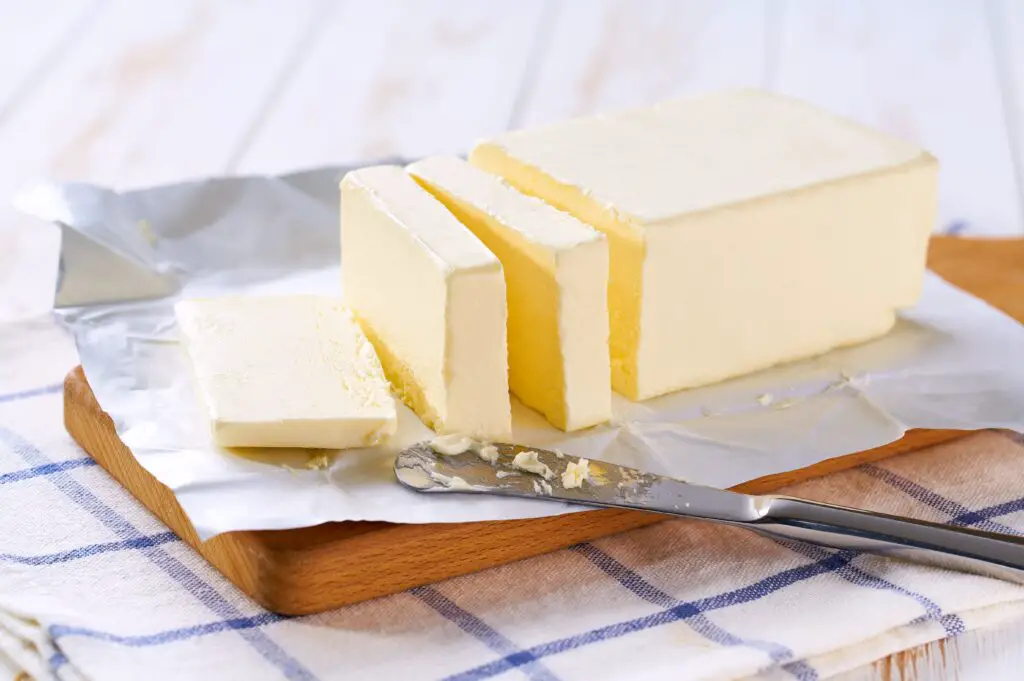
Butter bells, once popular in vintage kitchens, were supposed to keep butter soft and spreadable by storing it in a small bell-shaped container filled with water. The water was meant to create a seal to keep the butter fresh. However, the method often failed to prevent bacteria from growing, especially if the water wasn’t changed frequently enough. It also didn’t stop butter from getting too soft or even melting in warmer temperatures.
The idea seemed like a great way to store butter, but it ended up being more work than it was worth. Today, butter dishes with lids and simple refrigeration are much easier and safer options for keeping your butter in the perfect state.
11. Using Salt to Keep Ice Cream from Melting
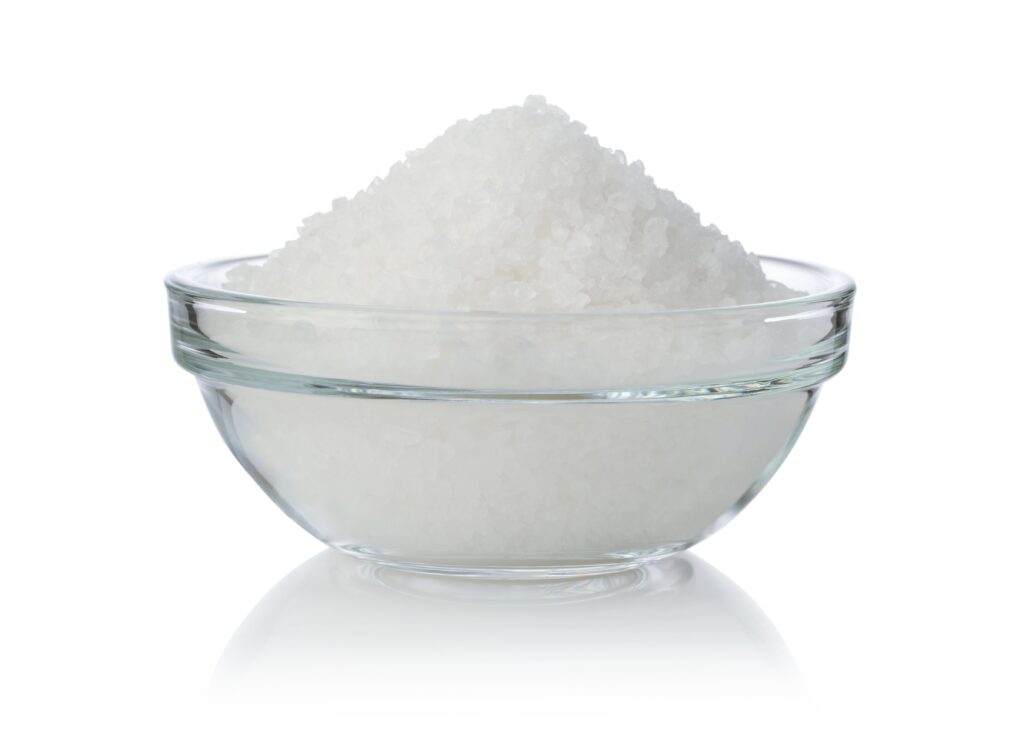
In an attempt to keep ice cream from melting too quickly, some people started adding salt to the ice cream as it was being served. The theory behind this was that the salt would lower the freezing point, keeping the ice cream colder for longer. Unfortunately, adding salt not only affected the flavor of the ice cream, but it also didn’t work as effectively as hoped. The salt altered the texture and made the ice cream taste odd, ruining the dessert experience.
Instead of salt, simply keeping the ice cream in the freezer until ready to serve is the best way to keep it cold and creamy. The salt-on-ice-cream trend was an attempt to solve a problem that didn’t really need fixing and just created more confusion and unpleasantness.
12. The Double Boiler for Melting Chocolate

Melting chocolate using a double boiler was once the go-to method for ensuring a smooth and creamy consistency. However, the process could be messy, requiring constant attention to avoid burning the chocolate or water from splashing into it. If you didn’t get the timing just right, your chocolate could become clumpy or dry out, leading to a ruined dessert. The double boiler also required a lot of cleanup and extra equipment, making it more of a hassle than a help.
Today, melting chocolate is easier than ever with the use of microwave-safe bowls or even specialized chocolate melters. The double boiler, though a classic method, often just added unnecessary steps to a straightforward process.
